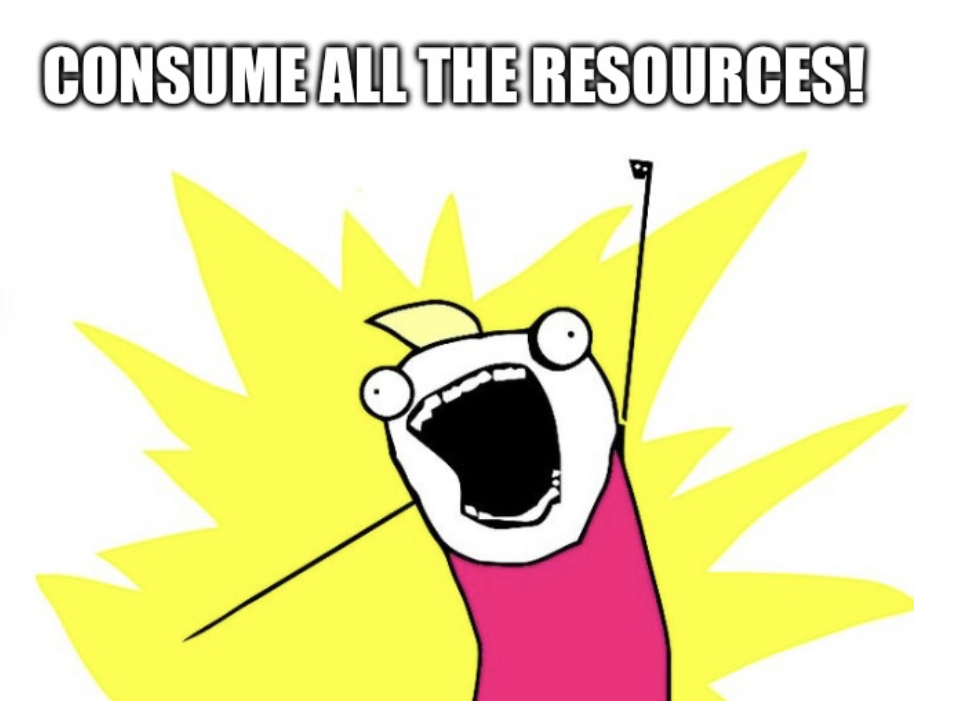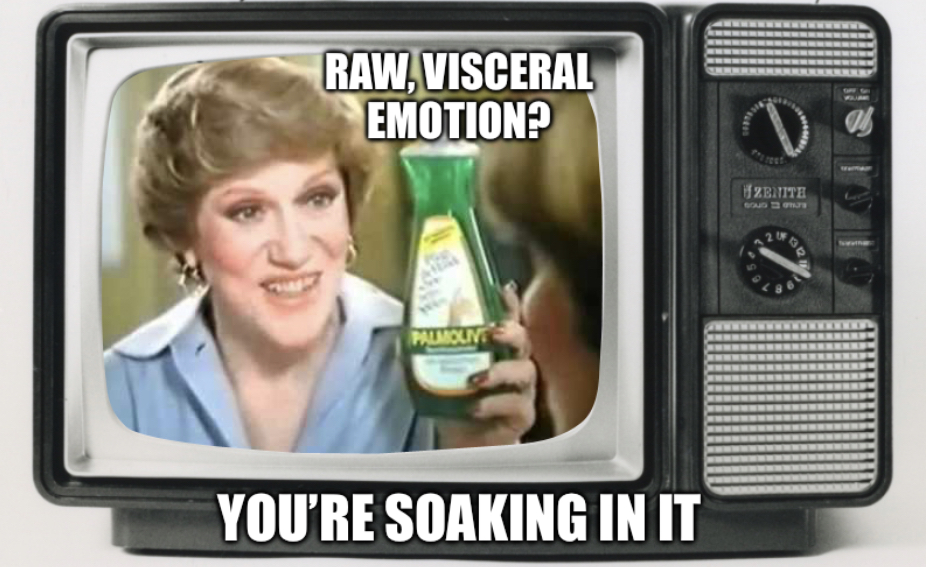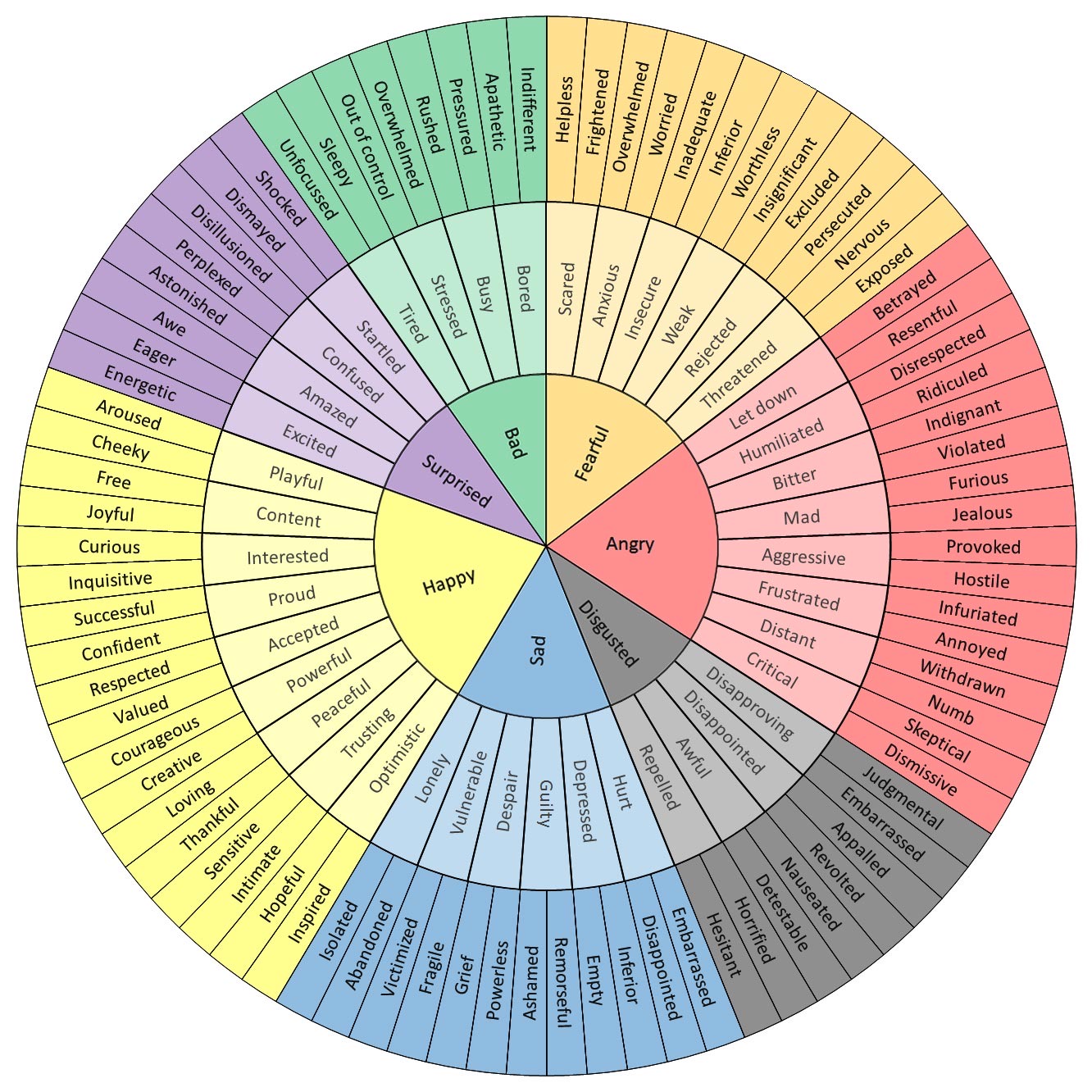Your significant other knows you don’t like him using porn, Only Fans, thirst traps on social media, dating sites, escort pages – but he doesn’t seem to care. You’ve been told, “It’s normal,” “All men do it,” or that you’re controlling, insecure, and jealous. But you’ve had enough. You’ve hit rock bottom. You can’t deal with the lies and the disregard for your feelings anymore. What now?
See to your own emotional needs
After our last d-day, I thought he was the one who needed therapy and outside help since he was the addict and the person who broke promises.
Well, I wasn’t wrong. He did need therapy and outside help. But so did I.
I thought that the simple absence of him acting out with addict behaviors would be enough to help me feel better, given enough time. This was not the case. I had grown used to rug-sweeping the big things that bothered me (not just in my marriage!), hoping that if I ignored my big painful feelings, they would disappear and stop being uncomfortable.
This has never been an effective approach for me, though I spent most of my life doing it over and over in the hopes that it would work this time. It never did. After d-day, I realized I needed to see to my own emotional needs with an expert guide – my therapist – and not just expect the whole thing to blow over on its own.
Of course, you can try to DIY this thing, and you may succeed. However, it will be easier if you have outside support and guidance to help you navigate this intensely personal, difficult situation.
Therapy
When we experienced our last d-day two years ago, my husband’s company had recently laid him off. We had been living solely on my (meager) income and credit cards for a couple of months. We didn’t have money for therapy, and even if we did, he needed the therapist more than I did. I figured I could just get by on my own as I’d always done.
Resist the urge to do this to yourself. Find the money for therapy if you possibly can. Engage an individual therapist for you and ask your partner to find a separate therapist for himself. For you, see a Certified Sex Addiction Therapist (CSAT) or a therapist who is a member of the Association of Partners of Sex Addicts Trauma Specialists (APSAT). A regular garden-variety therapist may not consider porn use problematic or may try to tell you that you have contributed to your situation with your own behaviors.
Do yourself a favor and make sure that your therapist is experienced in guiding partners of sex and porn addicts through the challenges of betrayal trauma. If a therapist you’re talking to or working with mentions codependency as a contributor to your present situation, run.
The codependency model for navigating healing for sex and porn addiction is outdated and, in my opinion, harmful to the betrayed partner. You may be codependent, but that is not a cause of your partner’s porn or sex addiction, and you are not a co-addict. You want your therapist to operate with you using the betrayal trauma model of counseling. You can address additional mental health issues (like codependency) once you’ve gotten your feet under you after the betrayal trauma you’ve experienced.
Support groups
Peer groups composed of others who have experienced betrayal trauma due to their partners’ addictions can be incredibly beneficial. I remember feeling so alone in the early days; I had immersed myself so deeply in my relationships with my husband and kids that I had neglected friendships and let them die off. When d-day rolled around, I felt I had no one to turn to for support.
Joining peer groups helped me with that. I ultimately wound up cultivating friendships with women who understood what I was experiencing, and several of them are still close friends.
At various points in the first year of recovery, I joined several private groups of 6-8 women whose partners were porn/sex addicts. The groups were book study-process groups facilitated by CSATs (the CSATs in my local area all know each other and promote each other’s groups, so my CSAT told me about groups her colleagues were running). These group meetings ran from 6-12 weeks, and because we were in the throes of Covid, all took place on Zoom.
The groups I joined were not free. The therapist running the first group I joined gave me a price break when I told her my husband was not working and money was tight. If you find a group in which you’d like to participate, but the cost seems too great, tell the person facilitating the group about your circumstances. You may or may not get a price break. Still, it doesn’t hurt to ask, especially given how invaluable the experience can be if you feel isolated or unsure about navigating the healing process.
There are also free support groups, many modeled after Al-Anon and other 12-step groups for the partners of addicts. S-Anon is one such program. I have not participated in any 12-step groups for partners of addicts, but I know several people who swear by the support and growth they’ve experienced in S-Anon.
Be aware that most 12-step programs use language about a “higher power,” sometimes interpreted as belief in a god. Often the interpretation of a higher power in this context in western countries is of the Christian god.
Your higher power does not have to be any god or deity. You may determine your own more appropriate higher power if you are not religious but feel that a 12-step group like S-Anon would be helpful to you. Your higher power could be the Universe, the group itself, an aspirational version of your Best Self, or anything else from which you draw comfort or a sense of power.
You can also try Bloom for Women, which is an online course designed to help you begin healing from the trauma you’ve experienced as a result of your partner’s addictive behaviors. Though I have not used this course, I’ve heard great things about it. Not all the modules are free, but getting started there is.
Self-care
The tactics and tools I wrote about in my post, “Things to do when you’re feeling intense and raw,” aren’t just for emergencies. Learning how to ground yourself, be present, sit with your feelings as they are, meditate, and journal are all, in my experience, helpful as sustained practices.
Center yourself
Center yourself right now. Identify your feelings and needs, and then address those needs with all gentleness and love toward yourself. You cannot pour from an empty cup. See to your emotional needs first and foremost before you worry about him, your relationship, or anything else. Put the oxygen mask on so you can catch your breath and make good choices for yourself that will support your emotional health.
Brush up on your boundaries
Setting boundaries with your partner is critical! It can be hard to do – I felt like a big jerk at first – but all healthy relationships have boundaries.
You explicitly place boundaries in your relationship to keep you emotionally and physically safe. When you identify a boundary that you would like to place, you should communicate that boundary to the other person. If that person fails to respect your boundaries, there should be a correlating action that you will take to reinforce that boundary and create safety for yourself.
For example, one of my first boundaries with my husband was to ask him not to take devices into the bathroom with him. I posed this boundary as a direct request: “I would like for you to leave your device where I can see it when you go to the bathroom.” My husband agreed to that boundary, and at that point, the boundary operated as a contract between us.
Should my husband take his device into the bathroom with him, he would be violating my boundary, and it is up to me to enforce it with a correlating action.
My husband hasn’t violated the no-device boundary, but he has broken other boundaries to which he agreed, and I have had to reinforce my boundary with consequences. When my husband violates my boundaries, it isn’t business as usual after that. There must be a corresponding action to show him I’m serious about my boundaries.
Resist the urge to turn the volume up to 11 on boundary consequences. It can be tempting, especially when you’re feeling intense emotions, to say, “If you do XYZ again, I’m leaving you for good!” But that leaves you very little wiggle room if your partner inadvertently violates a boundary. It took my husband months to “get it” and stop accidentally trampling my boundaries, even when he was trying to be a better partner; this is common for addicts newly on the wagon. The consequences you set for boundary violations should be proportional.
One of the consequences I use when my husband stomps my boundaries (usually inadvertently, like a bull in a china shop) is temporarily detaching from him/the relationship. If my husband has behaved in a way that violates a boundary I’ve stated and he’s agreed to, I usually ask for some space from him to take care of myself and give him a chance to reflect so he can do better.
Our relationship can’t continue as usual while I’m activated and upset by the boundary violation. I often find that I don’t want to be relational with him at all when he’s trampled a boundary. So I detach from him, both of us understanding that it will be temporary. I process my feelings and determine what will help me feel better again.
Sometimes what will help me feel better is taking additional space to let myself cool down and let the intensity of my feelings recede. Sometimes, refining the boundary will help me feel better, so he’s clearer about my expectations and wants. Sometimes an apology and discussion demonstrating he understands why I’m upset helps me feel better and more relational. You can adjust your boundaries and consequences to serve you best – remember to communicate them clearly to your partner if the limits change.
You can ask for any boundary that will help you feel safer or enable your partner to demonstrate his desire to rebuild trust with you. Some of my early boundaries included:
- No more porn or porn substitutes, obviously
- No devices in the bathroom
- He leaves his phone on my nightstand at night
- He takes ownership of our check-ins with each other and initiates them daily
- He pays for all my group sessions and half of my therapy sessions
- Rigorous honesty at all times, with both me and others
We have continued refining these boundaries together as my needs have changed over time. For instance, he stopped using porn substitutes but threw himself into crossword puzzles and solitaire instead. I found this problematic because he was pouring 4-6 hours a day into these useless pursuits on a screen instead of looking for a job or participating in recovery activities. So I refined my boundary request to include other screen-oriented time wasters that he was substituting for the porn he’d used when he was active in his addiction. You can change your boundaries and the correlating actions you’ll take if your partner violates them at any time, but remember to communicate them to your partner.
It can be hard to set boundaries. Many women are socialized to put their needs and wants aside for others. Many of us may not have learned how to create healthy boundaries. Near the beginning of The Situation, I felt like such an asshole asking for my emotional needs to be considered and met. I felt bossy and bitchy, and it didn’t feel good. With practice, though, I recognize that I am now assertive about advocating for my needs and wants, and that is a good thing.
I will almost certainly write in greater depth about boundaries and consequences later, because learning to set, share and enforce my boundaries has been one of the greatest gifts I’ve given myself on this journey. Until then, I encourage you to read Vicki Tidwell Palmer’s Moving Beyond Betrayal: The 5-Step Boundary Solution for Partners of Sex Addicts. This book, recommended by my CSAT, was the single most actionable book I read (and in the first year after d-day, I read a lot of books about porn addiction and how to recover from betrayal trauma). Palmer also hosts a podcast, “Beyond Bitchy,” and her website offers helpful blog posts, as well as access to the groups she runs for betrayed partners to complement her work.
Recognize what’s within your control and what’s not
The d-day that my husband and I experienced two years ago was not our first d-day. Each time before that that I had shared with my husband how I felt about his porn use, I thought that his understanding my feelings and hearing me would be sufficient to get him to stop.
Spoiler alert: it wasn’t. It was never effective.
He cared about me, but his porn addiction, which he’d had for decades before he knew me, was most important to him. The addiction won every time before our last d-day because he wasn’t ready to stop.
It wasn’t until the most recent d-day that I was willing to enforce boundaries for myself surrounding his porn use. I believe that he felt how serious I was about it this time, that I would no longer accept lip service and lies from him and continue the relationship. I think this realization is part of the reason that he came to a place two years ago of being willing to address his addictions. He was afraid I would leave, and that lit a fire under him.
Just as you’ve reached your rock bottom and are now ready to take action, your addicted partner will have to get to a point where he says, “Enough. I’m ready to do the hard work to face and address my addiction.”
It must be the addicted partner’s choice to begin working on the addiction problem. Your wanting it so badly for him and the health of your relationship will make no difference until he is ready to address the matter. Your addicted partner must want to stop using porn (at least on some level) to set his foot on a path to real recovery. He must start wanting recovery for himself (and not simply because he’s afraid of what will happen with you if he doesn’t check the boxes) to achieve any sustainable success.
You cannot control your partner, at all, full stop. You can’t control what he thinks, watches, wants or does. Only your partner can control your partner. And you can only control yourself and your responses to the vicissitudes of life.
After our last d-day, I threw myself into consuming all the resources.

I believe I subconsciously thought that I could read and absorb all the books about porn addiction and betrayal trauma, and then share my learnings with my husband, and that would flip a switch and he’d stop using porn and that would be that. And then we’d live happily ever after, forever and ever amen.
The only thing I accomplished in my 24/7 obsession with resources was burning myself out. I spent at least as much effort and time searching out resources for him as I did looking for resources to help myself. It was kinda like the nudes I’d sometimes sent him in the past to try to keep him from seeking out porn – he never used those either.
Spend your efforts on yourself. Read and listen to resources that help you, rather than trying to find the book, blog post, or podcast that will resonate with him and help him see the light.
You cannot make your addicted partner see the light. He has to see the light for himself for any change to have a lasting effect. This is an immutable fact, and the sooner you can internalize it, the better for your emotional health. You can lead a horse to water, but you can’t make him drink.
Lead yourself to the water. Drink deeply, but pace yourself. Recognize that you are the only person you can control. Focus on you and your healing. Keep your eyes on the prize. Hint: YOU are the prize.




